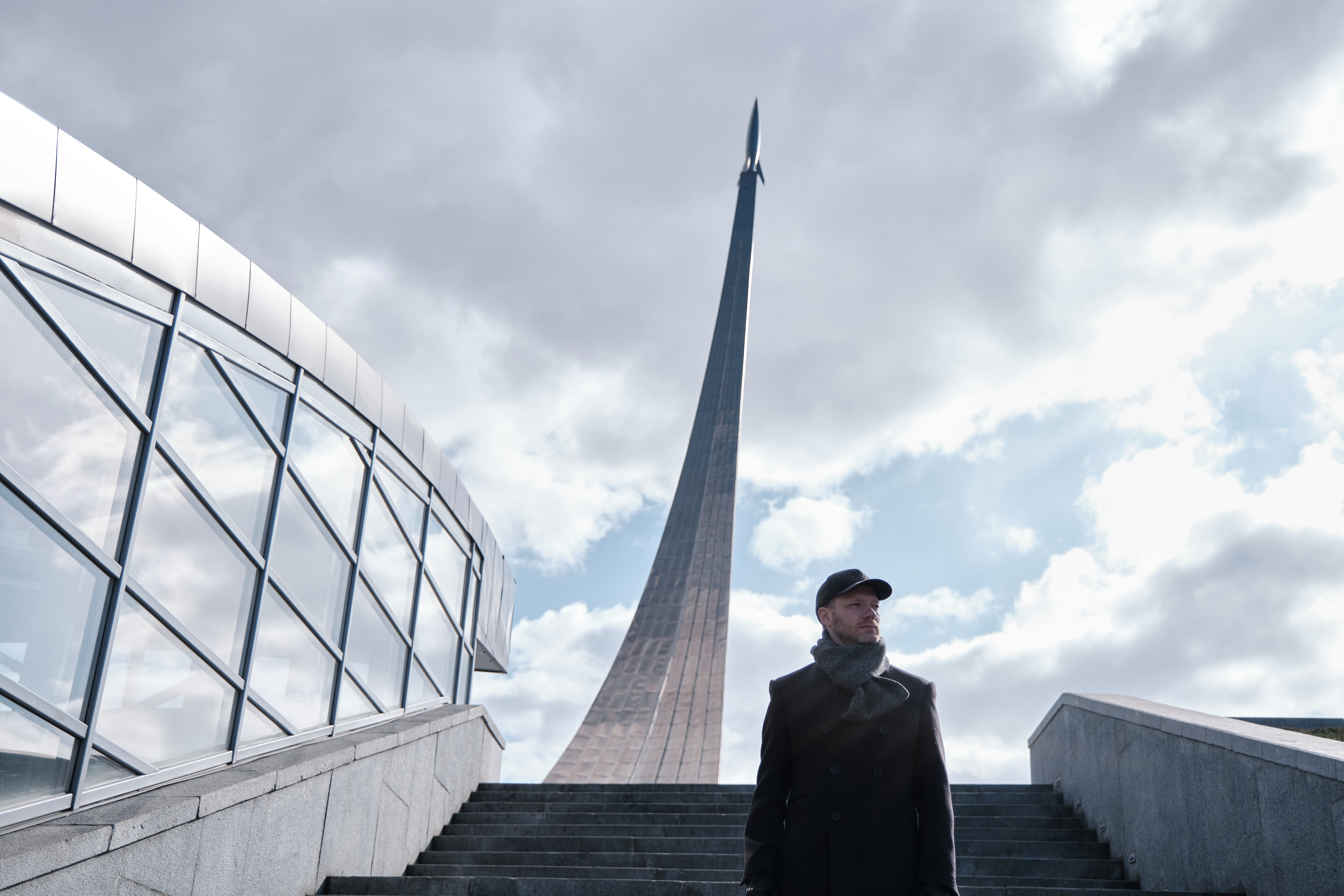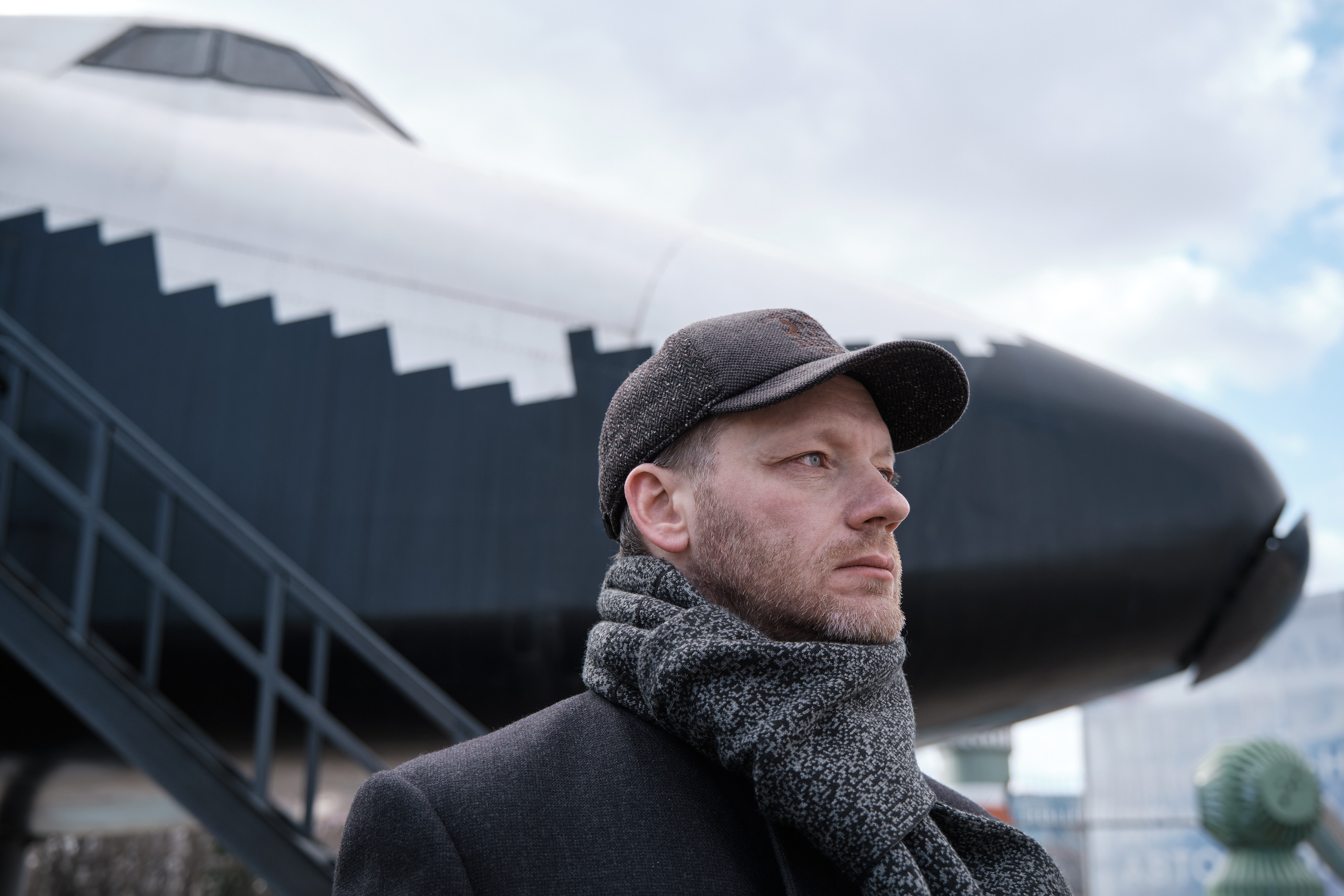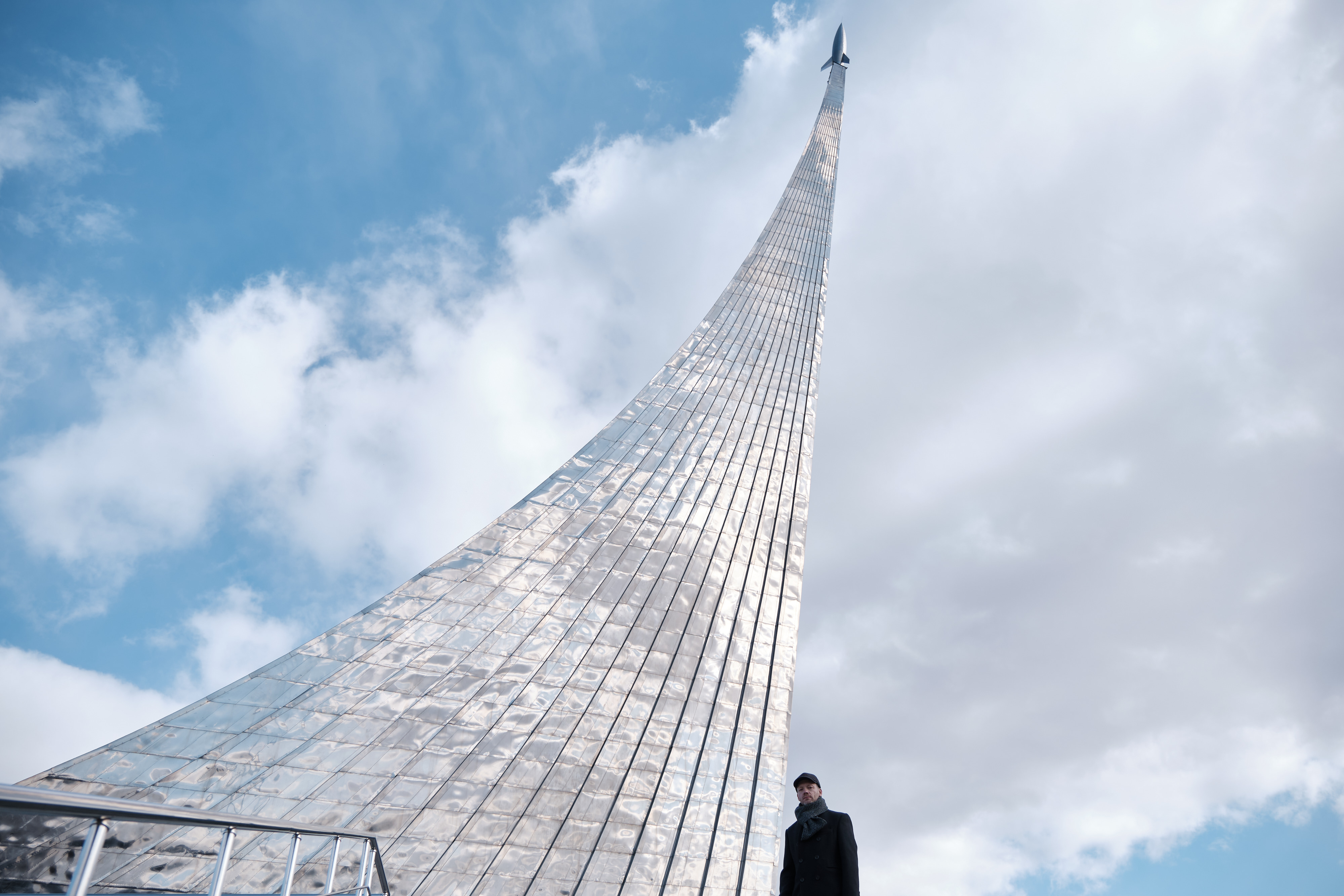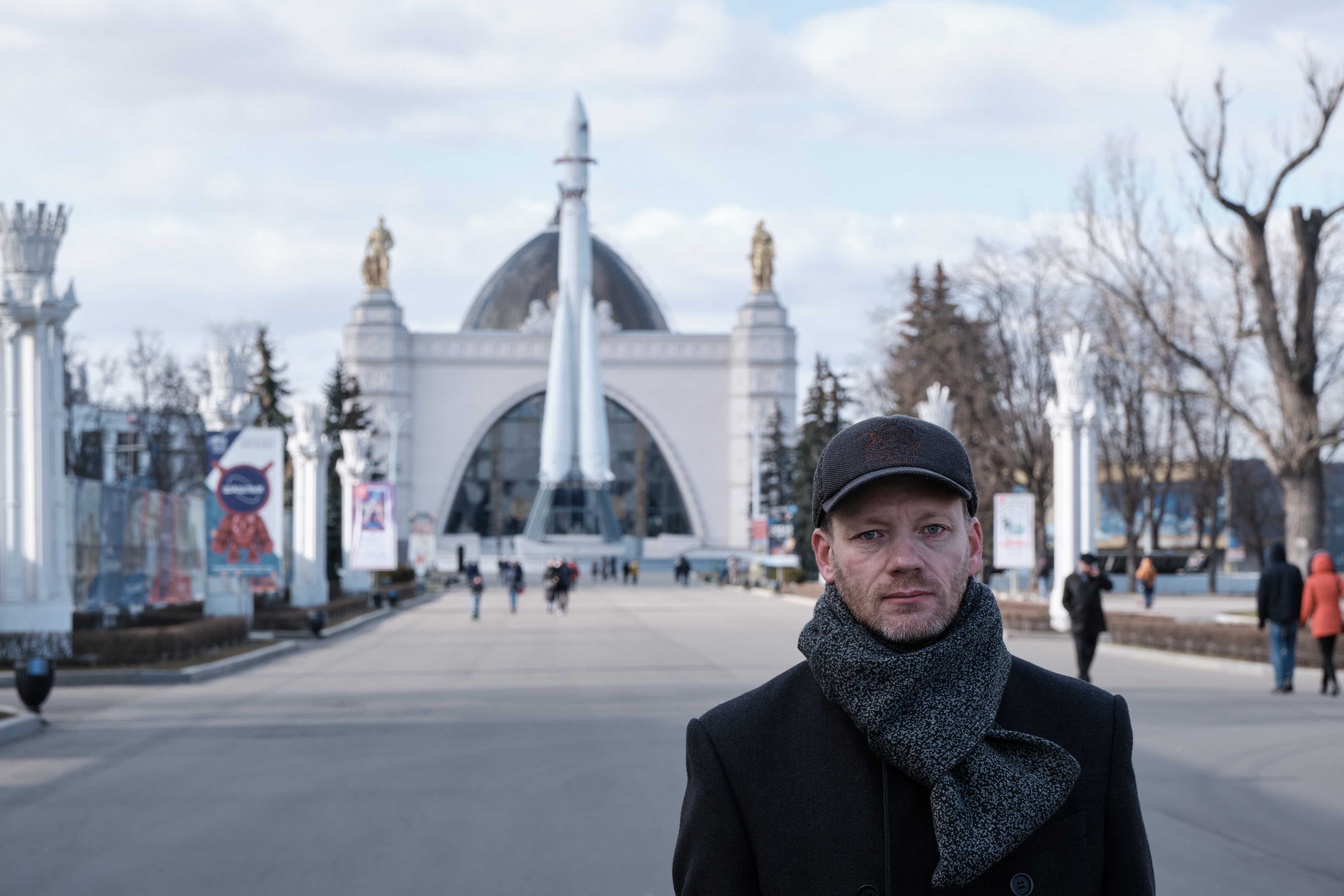Space tourism is an opportunity for non-professionals to fly into space
- What varieties?
- There are two types. One that has existed so far is orbital space tourism. The story, although expensive, is very attractive. In general terms, the rocket starts from the cosmodrome, after a while the ship with the tourist on board docked in orbit with the ISS and the space traveler begins to live in space. The flight lasts approximately 9-12 days. There were a total of eight such flights and seven astronaut tourists. One liked it so much that he flew twice.
Now a new stage begins - the so-calledsuborbital tourism, when tourists fly to the conditional border with space. That is, they experience zero gravity and quickly return to Earth. Technically, they are believed to have traveled to space. Where space begins is an open question, because everyone thinks differently. In Russia it is believed that at an altitude of 100 km. In the USA - that it is necessary to analyze the changes in the atmosphere - and the border runs a little higher than 80 km. Suborbital flights will be inexpensive. While orbital systems cost tens of millions of dollars, besides, it takes a lot of training.
Space tourists:
- Dennis Tito, USA.
- Mark Shuttleworth, South Africa.
- Gregory Olsen, USA.
- Anush Ansari, Iran and the USA.
- Charles Simoni (flew twice) - one of the creators of Word and Excel, Hungary and the USA.
- Richard Garriott - Computer Games Guru, USA. The son of Owen Garriott, who was a member of the NASA astronaut squad and became the first person to experience amateur radio communications in space. Richard was not included in the NASA squad due to poor vision, but for a tourist it doesn’t matter.
- Guy Laliberte, Canada.
- Someone sponsors the flight of space tourists?
- No, space tourists are those who flewfor their money. All flights were organized by Space Adventures. Next year there will be several American ships that can carry tourists. Tourism will start with a new force - more new ships, opportunities, the emergence of suborbital flights.
 Photo: Anton Karliner / Haytek
Photo: Anton Karliner / Haytek
Two suborbital flights are currently being developed.operator: Blue Origin and Virgin Galactic. The declared flight cost is $ 250,000, altitude is from 80 to 105 km, time is 15 minutes, of which about 5 minutes a tourist will spend in zero gravity.
It’s not enough to have money to become a space tourist
— How is space tourists trained and how does it differ from training for professionals?
— Basically, all preparation of tourists takes place inMoscow region, in Star City. Space tourists are very rich and successful people who can pay tens of millions of dollars. Thus, the first flight in 2001 cost $20,000,000. These successful people sit down, spend six months in Russia, get used to our realities, study the design of the Soyuz spacecraft, the structure and systems of the ISS, learn to react correctly to emergency situations, undergo many other trainings for safe flight into space. Most likely, American manned spacecraft will appear this year, but for now everyone is flying on the Soyuz. It consists of three large parts: the household compartment, the instrumentation compartment where the ship's engine is located, and the descent module - the most protected and safe part. In it, astronauts are at the start and return to Earth.
- What practical skills do you need to master before flying into space?
- Before you fly into space, you must passa lot of training and medical checks on Earth. For example, rotation in a centrifuge. Astronauts and space tourists experience how they endure a maximum load of 8g. During a ballistic descent, crew members can experience just such an overload, so you need to be able to cope with it and perform some simple actions prescribed by the flight sequence. A man should not be taken aback if he suddenly begins to weigh eight times as much.
How to simulate weightlessness?This can be done on a special aircraft - a modified IL-76. The flight follows a specific program: the plane takes off upward with an overload of approximately 2g, and when it reaches the calculated peak, the pilot sends the plane into free fall. At this moment weightlessness sets in. In zero gravity, all liquids turn into balls. If kerosene or any other liquids on the plane turn into balls, it will simply fall. Therefore, everything is hydraulic. During weightlessness, astronauts must be able to get dressed or, conversely, take off their spacesuit, and learn to behave in zero gravity. This weightlessness lasts approximately 25 s and is repeated 10–15 times. During this time, you need to fully concentrate in order to complete the cyclogram of exercises that astronauts have. Our tourists also fly on such planes, because from the moment a tourist gets to Star City, he is a crew member like everyone else. The safety and productive work of the future mission depend on it.
Another way to experience an approximate conditionto zero gravity - this is training in a special pool, where the spacewalk is practiced. The depth of such a pool is 12 m, and its diameter is 23 m. A model of the station is lowered into it, and the astronauts in the Orlan spacesuit imitate spacewalks. It is clear that full weightlessness in the pool cannot be achieved, but zero buoyancy can be achieved and training can be carried out to repair the station. I must say that not a single space tourist has yet gone into outer space. So training in weightlessness is only for professional astronauts.
There are also so-called survival trainingin different climatic and geographical zones. If something goes wrong, the ship may land, for example, in the desert or in a winter forest, or it may even splash down. Therefore, there are three options for survival training: winter forest, water and desert. In the winter forest you have to stay warm and try to survive for several days. On board the spacecraft there are special stowages with tools and everything necessary so that the astronauts can survive in harsh conditions: cut wood, make a fire, build a kind of wigwam hut in which they can spend the night, and carry out other actions provided for by the training. In the desert, they must survive for two days with a minimum amount of water, since the ship only has six liters of liquid per person, and temperatures in the desert are high.
During exercise in case of splashdownwith three people inside they launch. A small rescue capsule does not sink, but nobody turned off the waves in the sea, so the situation inside the descent vehicle is not simple.
 Photo: Anton Karliner / Haytek
Photo: Anton Karliner / Haytek
For example, a landing situation is simulated inArctic Ocean. The astronauts need to change clothes, as the spacesuit will not protect from the cold. But there is so little space inside that they cannot do it themselves, so they must help each other. They must wear a flight suit, a special thermal protective suit and a “Trout” wetsuit, get out of the descent vehicle and survive on the water until the search and rescue service arrives. They should be able to eat on the water and learn how to row together, understand where they are, and even let the sun bunnies be seen by rescuers. For super-trained people, this takes 2–2.5 hours. During this time, training participants can lose two or more kilograms.
Before these workouts, people go throughspecial psychologist, who, among other things, teaches them to concentrate. There are several exercises that are available to everyone. Take a stopwatch and try to stop the time for a specific second five times in a row, for example, on the 37th. If you manage to do this several times in a row, then you are already concentrated and you can start training.
To become an orbiting space tourist, it is not enough to have money, you also need health, endurance and other qualities that will help to cope with all emergency situations.
- What do these trainings provide, besides physical endurance?
- For example, let's take a workout on a rotatingan armchair whose task is to prepare the vestibular apparatus of a spaceflight participant for work in zero gravity. A very interesting thing happens here, on the example of which you can show what it means to be an astronaut. Around the doctors, the future astronaut fastened to a chair that will rotate, seat belts, he is not in danger. The astronaut understands that he is in complete safety. At any time, the experiment will be stopped. But during the rotation, the body of an ordinary person begins to understand that something is wrong with him. He begins to vomit reflexes, he believes that some terrible poison has penetrated, and this toxin must be urgently removed. For space, this is critical, because there people constantly experience what they do not experience on Earth.
One astronaut told me: his job is to learn to distinguish real brain signals from imaginary ones. Swivel chair training is actually safe, but our brain thinks it's all gone. These are false signals. Such a training is included in the required set of cosmonaut exercises, and all tourists also go through it.
 Photo: Anton Karliner / Haytek
Photo: Anton Karliner / Haytek
There is still training in the pressure chamber. This is a test of how a person can cope with hypoxia when the oxygen content in the air is significantly lower than normal. For this person, they are raised to a height of 5-6 km and forced to solve some simple tasks under the condition of oxygen starvation. But it is not so simple. Imagine that you quickly enough found yourself somewhere on the way to Everest and you have oxygen starvation. The body does not understand what is happening to you and where is the oxygen. An increased heartbeat begins, because the heart is intensely chasing blood. It seems to the body that the higher the speed of blood circulation, the greater the oxygen saturation, but nothing happens. There is little oxygen. And this moment you need to concentrate and perform certain tasks that are provided for in the program.
All these trainings prepare the astronauts for various emergency situations and develop their skills and confidence that they will cope with any challenge.
No one flies away without the song “And we don’t dream the roar of the cosmodrome”
- It is known about the superstition of pilots and sailors. And what signs and traditions do astronauts have? How are the last days before the flight?
- In preparation for space flightthere really are many traditions. It seems that if you do not fulfill any point, then no one will fly anywhere. This, of course, is a joke. One of the traditions is photography on Red Square, laying flowers at the Kremlin wall, at the graves of Korolev and Gagarin. And, strangely enough, a photograph of a stele with Lenin. After that, people go to the Baikonur Cosmodrome. There they and the experts accompanying them are quarantined, which lasts two weeks. The astronauts train, undergo the last preparation for the flight, but a limited number of people communicate with them. This is not even a tradition, but a necessity in order not to bring any infection to the ISS.
Flags must be raised at Baikonurcountries participating in the flight, the houses of Korolev and Gagarin are visited, where they spent the night before the first launch on April 12, 1961. Trees are planted. If you ever visit Baikonur, you will see the first tree planted by Gagarin.
On the eve of the start, everyone is watching the film “White Sun”deserts. " Cosmonauts should always leave the hotel to the same song: “And we don’t dream the roar of the cosmodrome ...”. One of the legends that I heard at Baikonur says that once something happened and the music did not start. The rocket launch is scheduled, everyone is ready, the astronauts do not go out. Then someone realized and turned on the song on a mobile phone, and everything happened according to the schedule
- How to prepare equipment for flights? Are ships and equipment for tourists somehow different from the standard ones?
- The space tourist naturally flies on the samethe ship itself, like all the other participants in the flight, but there are absolutely individual things. For example, this is a personal suit and a personal lodgement - the “chair” of the astronaut. In order to make a spacesuit and lodgement, the astronaut is measured according to all possible parameters, and to create the desired shape of the lodgement, it is literally filled with gypsum: on the leg, arm and all body parameters that can only be checked. This seat in a single copy serves only for one astronaut or tourist. Also, all space flight participants have personal styling, with a certain set of necessary things.
 Photo: Anton Karliner / Haytek
Photo: Anton Karliner / Haytek
When you buy a car, you look to see if it's comfortablesit in it, whether it fits or not. The same thing happens with a spaceship. This is called ship fitting. Tourists enter this ship and try to see if everything is okay for them. It sounds strange, but there are a lot of settings that you can adjust. The settings first go through the first fitting, then the second, and when all these shortcomings are eliminated, the ship is completely suitable for the crew that will fly.
- What happens after take-off?
— Visually, it seems that each rocket behaves differently during takeoff - it either hangs a little, and then flies, or rises quickly.
But seriously speaking, the start is the mostan exciting moment. The rocket is located on the launch pad, spectators gather on the observation deck, the very famous countdown is heard through the speakers: “Key to the start”, ..., “10 seconds, the flight is normal, all parameters are normal.” It will take only nine minutes to bring the ship into orbit.
According to the flight program, the docking of the Soyuz spacecraft with the ISSIt happens after six hours, before it took about two days. Imagine how accurately you need to calculate the trajectories and motion parameters of the ISS and the spacecraft so that they meet at a certain point somewhere in space! The docking of the Soyuz spacecraft usually takes place in automatic mode, but a manual mode of docking and docking with the station is also provided if something goes wrong. The crew specifically trains and manual docking.
ISS is an international, manned orbitalcomplex, which consists of a number of compartments and modules - "large barrels" that are connected to each other and filled with a huge amount of equipment. The ISS is the most expensive object that was built by mankind and launched into space. The weight of the station is more than 417 tons, and the internal volume is about 1000 cubic meters. The ISS flies at an altitude of about 400 km at a speed of 27,700 km / h and makes about 16 revolutions around the Earth per day.
The station has a complete life support systemcrew, scientific laboratories are functioning, an international crew is constantly living and working. The flight of the station is controlled by ground-based Mission Control Centers (MCC).
It is very important that the station is an international project that clearly demonstrates that achieving large goals in space exploration can only be achieved through joint international efforts.
A day at the station is always very busy. Everything is planned with an accuracy of five minutes: lifting, eating, scientific experiments, medical conferences, etc. There is no such thing that I’ll wake up now, then maybe I will have breakfast, and then I will decide what to do. There is always a specific schedule.
- The scientific programs that tourists carry out, are the organization prescribing them, or do they themselves make up some tasks?
- I must say that now no one flies inspace with one camera. For the flight, tourists are gaining a serious scientific program that they would like to implement. They’re offered something, they’ll get the rest themselves, but there is always a scientific program. In fact, the implementation of scientific experiments in space is a very difficult task, which requires long preparation. All experiments are clearly planned on Earth, agreed upon by all ISS member countries, and most importantly, they must be safe for the station and crew.
 Photo: Anton Karliner / Haytek
Photo: Anton Karliner / Haytek
- How is life in space different from ordinary?
— Basically, all the differences are related precisely toconditions of weightlessness. In space we cannot perform the same actions that we are accustomed to on Earth. For example, at the station you can’t just sit down on something; you can’t put something on the table, as it will simply fly away. All equipment is usually Velcro and attached to something. We have to brush our teeth or wash our hair completely differently, not to mention moving around the station - on Earth, as a rule, we don’t fly. But at the same time, it is very convenient to unload heavy loads, since they weigh nothing, and it is easier to use the space of the station more rationally, because we are located not on a plane, but in three dimensions.
In space, everyone is growing. There is no gravity, and the distance between the vertebral discs increases. And this means that the nerve endings in the spine begin to hang out a little and the astronauts may feel discomfort in the back. The simplest scientific experiment is a questionnaire about lower back pain.
And you can talk with the astronaut. An amateur radio connection was established on the ISS, and each astronaut has his own call sign. If you put this equipment at home, then there is every chance to talk with either a space tourist or an astronaut.
After returning you become a celebrity
- How long does a tourist space flight last and how is the return? What happens to people after landing?
— The entire path of orbital space flightTourist travel lasts about 9–12 days, then it’s time to board. The Soyuz departs from the station and begins moving towards Earth. He still has a lot of maneuvers to do to slow down. The compartments of the ship must be separated so that the descent vehicle with three crew members enters the dense layers of the atmosphere at the desired point. As the ship enters the atmosphere, it literally burns.
And then at a height of 10 km a hugea parachute with an area of approximately 1000 square meters and the descent vehicle will land at the calculated point, where the search and rescue service on helicopters and all-terrain vehicles will already meet the astronauts. This usually happens in the steppes of Kazakhstan. And then a health check, the first interviews that will fly to all world agencies, a flight to Moscow and a recovery period.
Then there will be a ceremonial meeting of the crew, awarding, gifts, world fame, and you just fulfilled your dream and flew into space.
To summarize all the preparation, first youfind a specialized company that will organize your flight, then go through a medical examination, train for six months in Star City with the cosmonauts, because you are a crew member like everyone else. Then you go to Baikonur, launch on a rocket, live on the ISS for two weeks. You come back and gain worldwide fame.
All space tourists are very famous people and, as a rule, they fully pay for their flight. They write books, give interviews, and speak at various shows and conferences.
I am sure that in the very near future, suborbital space flights will become quite an ordinary event and will cost not so much!
According to NASA research, the radiation level on Mars is 8 Rad per year. For comparison, the average radiation level in large cities is about 0.62 Rad per year.
- And when will tourists fly to Mars?
- Let one of the professional astronauts fly to Mars first, try this thing. There are difficult moments with communication, radiation, fuel, food, and the temperature on the planet.
In the meantime, people fly at an altitude of only 400 km from the Earth, and you must admit that this is not very high. Traveling to Mars is a completely different type of flight: another rocket, ship, and flight philosophy.
First, people will return to the moon, work out new onestechnology, and then the time will come for flights to the Red Planet. Now there are more than 100 spacecraft flying around Mars that explore the surface and conditions on the planet, Mars rovers are operating on Mars itself, so we already have a good idea of what is happening there.
Now there are already companies that are working on a flight to Mars, I think that during our lives we still fly there.